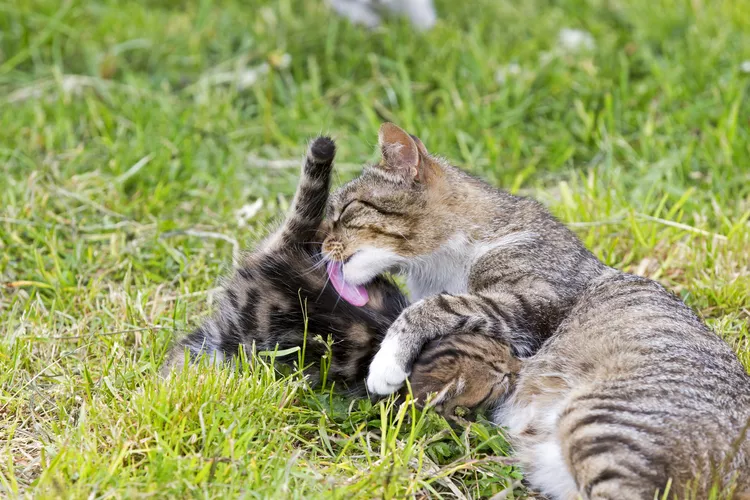
Cats are mammals so that means they nurse their young, but how long do kittens nurse? The nursing period is essential for the kittens' growth and development, providing them with vital nutrients and antibodies.
Here's what you need to know about kitten nursing.
Adequate nutrition is important for a cat to be able to produce enough milk for all of their kittens. Cats that are nursing should be fed kitten or growth diets that are rich in calories, fat, and calcium to accommodate the additional stress of feeding kittens and the energy requirements of lactation. If you are concerned about the nutritional needs of a mother cat, discuss what you can do with your vet.
During weeks three and four of nursing, the mother cat is at its most stressful and demanding point of lactation. The mother cat’s body has been producing milk continuously for about a month now, but it is also about to slow down.
Kittens nurse for around 12 weeks. Once the kittens have been nursing for about a month, they will begin to wean off of their mother. Liquefied kitten food should be offered to the kittens freely while they still can nurse from their mother. Over the next 6 weeks, the kittens will slowly eat more kitten food and nurse less. The kitten food should go from liquid to watered-down canned food, to regular canned food, then moistened kitten kibble, and finally hard kibble during the weaning time.
If a kitten is eating well on their own but still wants to nurse a lot, you will have to restrict the kitten from accessing their mother for part of the day.
Mother cats will continue nursing as long as they have kittens to feed. This is helpful if you have a litter of orphaned kittens that need to be fed and have been abandoned by their mother but it is not necessary if you only have kittens who are now eating real food.
Once kittens are eating real food, they usually don't try to nurse, so the milk production will dramatically decrease in the mother cat. The milk should be completely dried up after a couple of weeks, but this is a gradual process.
If your mother cat's teats have remained large, red, and swollen after a week of not nursing, you should have your veterinarian take a look at them. Mastitis is a serious and painful condition if left untreated and may require medications.
Kittens are usually ready to leave their mother at 12-13 weeks of age.
Yes, your cat may initially show signs of distress when their kittens leave, but she will eventually settle down. Just ensure you aren't separating kittens and mother cats too soon, as this will have negative consequences for both the kittens and mom.
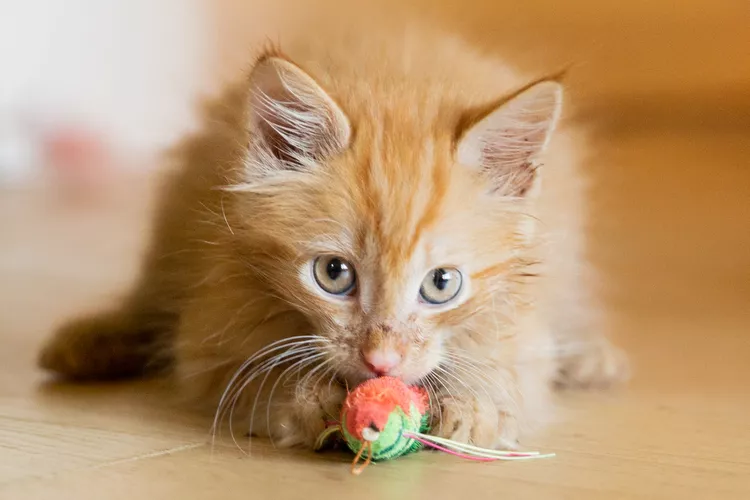
How to Keep Your Kitten Safe While Playing
While letting your kitten play and explore is important to its mental development, you need to make sure that what it's playing with is safe.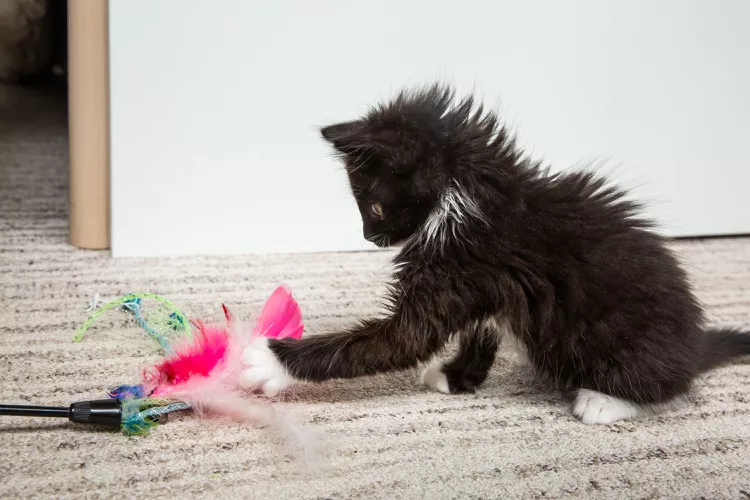
Kitten Development From 6 to 12 Weeks
Learn how kittens develop during the first 6 to 12 weeks and what signs of development you need to look out for with these tips.
5 Common Foods In Your Pantry That Are Not Safe For Your Pets
One potato chip is not going to hurt your pet, but there are other foods that can. Learn which to avoid and some safe foods that can be used as treats.
Fleas in Dogs
If a dog scratches, does that mean it has fleas? These biting bugs are no fun for dogs or their owners. Learn the causes, treatment, and prevention.
Can Dogs Eat Papaya? What to Know About Sharing This Tropical Fruit With Your Pup
Papaya is safe for dogs in moderation, and it can even provide some nutritional value for them. However, too much can cause digestive upset, and it's not suitable to share with dogs with certain health conditions.
Can Dogs Eat Parmesan Cheese?
It's no secret that dogs love cheese, but what kinds of cheese should you avoid? Is Parmesan cheese a good option to treat your pup to?
10 Cat Breeds That Have Blue-Colored Coats
Blue cat breeds have a uniquely colored coat that makes them stand out. The eye-catching blue coat often appears light to dark grey.
Sphynx: Cat Breed Profile, Characteristics & Care
The sphynx cat is a hairless cat breed known for their playful and affectionate nature. These cats do have special needs. Learn about the sphynx cat breed’s appearance, temperament, health, and care.
Border Collie: Dog Breed Characteristics & Care
Learn about the border collie, a popular herding breed. They're a smart and energetic dog that's also a great companion to the right pet parent.
Beagle: Dog Breed Characteristics & Care
Learn about the beagle, one of the most popular dog breeds in the world. They are known for being a cheerful, comical, loud, and energetic family dog.
How to Grow and Care for Living Stones
Find out how to grow living stones, unique miniature succulents that look like pebbles. This guide covers how to care for living stone plants, including watering them just right to keep them thriving.
How to Grow and Care for a Money Tree Indoors
Money trees make beautiful, easy-care houseplants. Use this guide to grow a money tree indoors.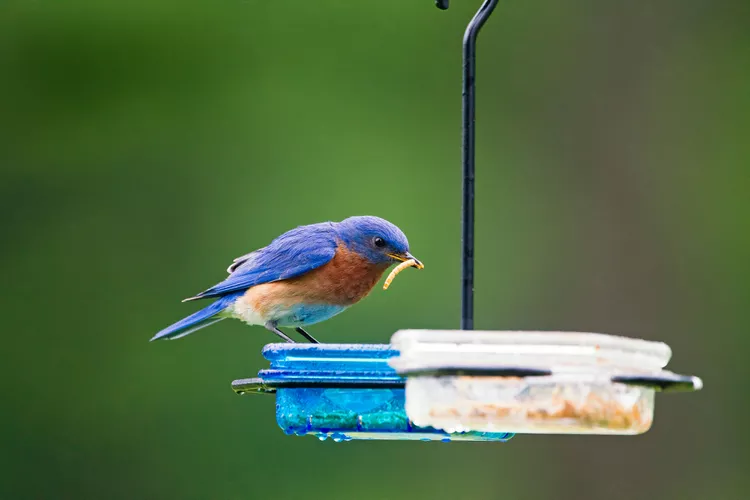
How to Attract Bluebirds to Your Yard: 11 Must-Know Tips
These tips on how to attract bluebirds will help you create a welcoming habitat. Discover the best types of foods, birdhouses, water sources, and more for attracting bluebirds.
How to Propagate Clematis from Cuttings and Layering
Learn how to propagate clematis successfully with this step-by-step guide on two different techniques.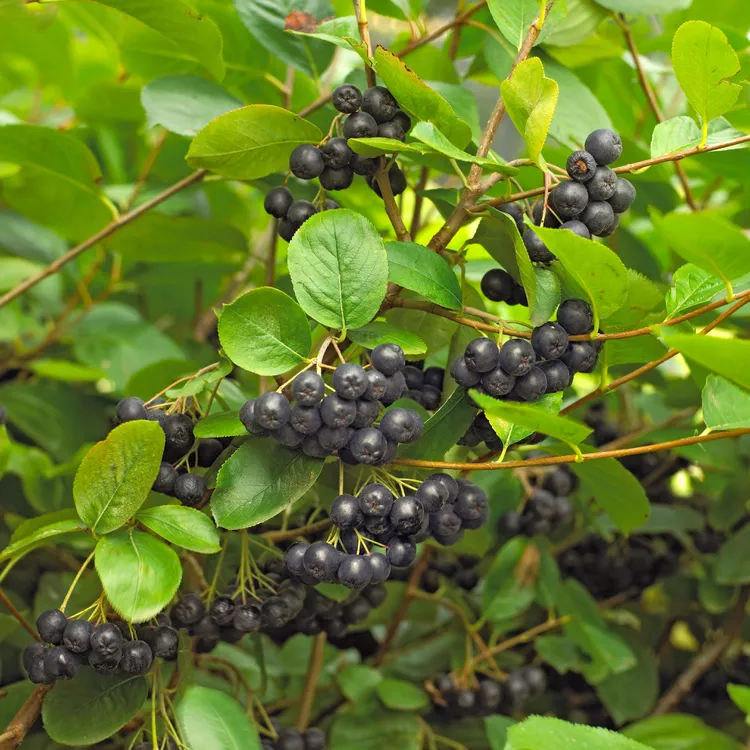
How to Plant and Grow Black Chokeberry
Learn how to use and care for this low-maintenance native shrub, including planting tips and the best types of black chokeberry to grow.
This Low-Water Garden Plan Will Look Vibrant Through Droughts
This low-water garden plan will keep your plants vibrant all throughout the hot, humid summer.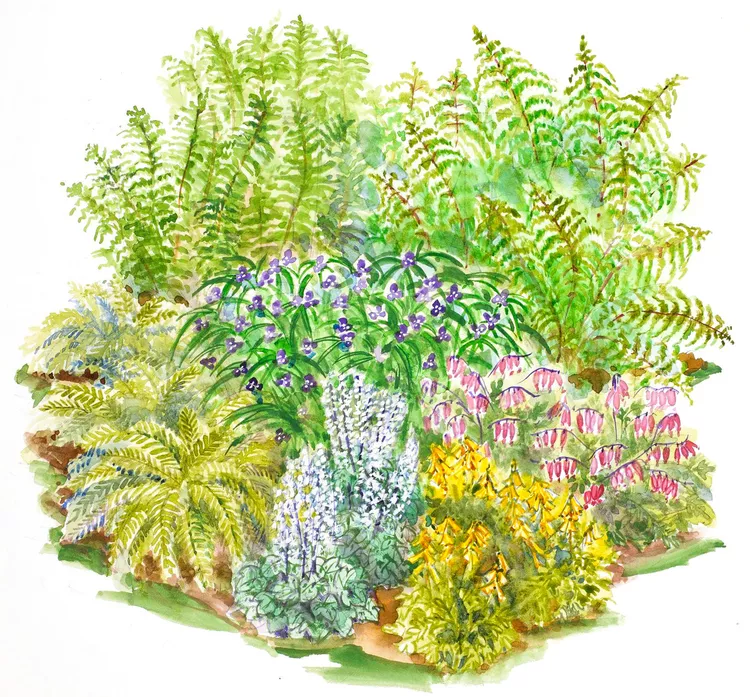
This Woodland Garden Design Overflows with Shade-Loving Plants
Easy-care native ferns add luxurious foliage from spring to fall. Other shade-loving perennials complement the soft textures with colorful blooms.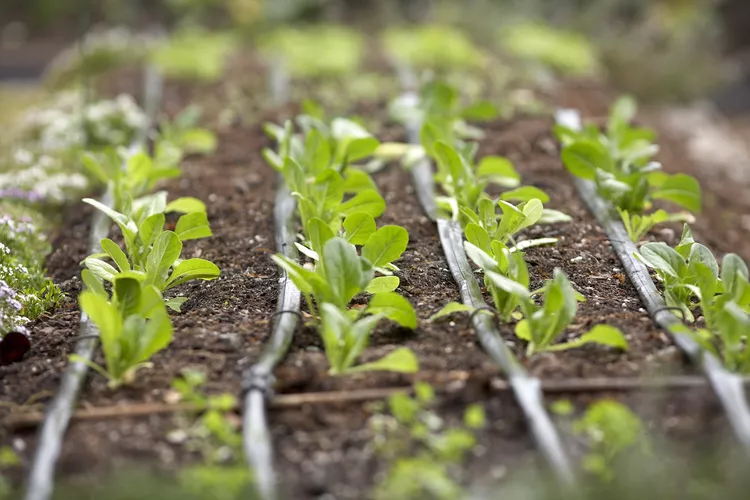
11 Essential Tips for Growing Vegetables from Seed for Beginners
These beginner-friendly tips on growing vegetables from seed will help you successfully kick off your edible garden in spring.
Should You Use Shredded Rubber Mulch in Your Garden?
Rubber mulch is widely touted as a game changer in landscaping, but does it live up to the hype? Find out the pros and cons of using rubber mulch.
How to Plant and Grow Cattail
Learn to care for this easy-growing aquatic plant, including tips for pruning, propagating, and planting.